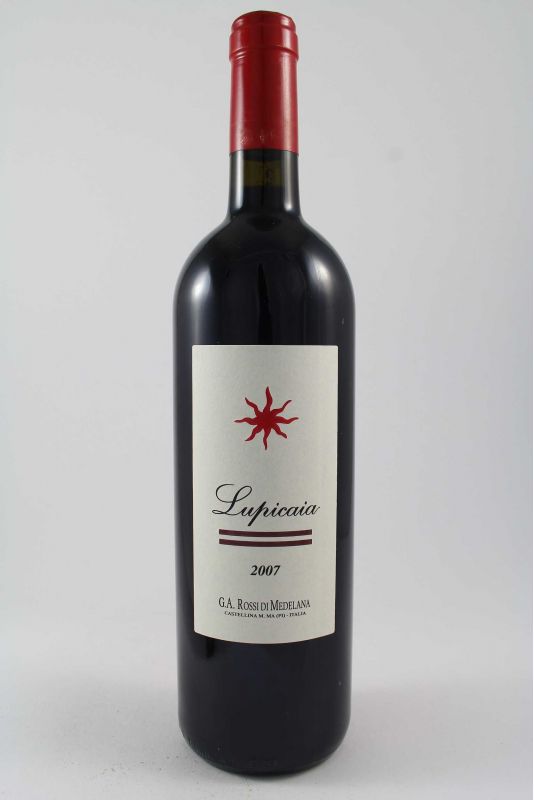




The modern history of the estate begins after World War I, when it was acquired by Count Serrafini Ferri, whose family still owns the property. In the 1920s the Serrafini Ferris' implemented major improvements to the property. This family laid the groundwork for the estate that remains more or less unchanged today.
Up to the 1970s the estate was known mainly for production of grain, it even held the European record for production of second harvest corn. This specialization in grain continues today but also in the organic production of spelt (dinkel wheat), corn, forage and olive groves but this has been overshadowed in recent times by the estate's expertise and reputation for viticulture and the production of fine wines. It expanded from 25 hectares of vineyards (62 acres) in 1980 to 60 hectares (148 acres) today.
Gian Annibale Rossi di Medelana is from a noble family who followed The Holy Roman Emperor Frederick II and the Swabians to Italy and who, since 1271, have held farmlands and vineyards in the country.
Gian Annibale Rossi di Medelana is an Architect of the Change and after inheriting the estate decided to steer Castello del Terriccio in a new direction, that of a Research Laboratory in Viticulture and a State of the Art fine wine production. But it was of utmost importance for him to safeguard the valuable historical legacy of the land, which has retained its character and unique beauty intact. Upon his arrival in 1975 he faced the challenge of managing the 63 tenant families called Mezzadri or Metayer who lived and worked the land. He had to oversee the delicate change from this share-cropping system to direct management.
At the time he was a passionate equestrian whose time was occupied by international equestrian events. A riding accident brought this pastime to an abrupt end when Gian Anniable's horse fell and rolled over him, leaving him without the use of his legs. He has accepted the hand fate has dealt him by having to renounce horsemanship but continues to manage the rest of the estate. To do so he drives a jeep across the estate, where many would not venture, to oversee the agricultural work in the fields and vineyards.
THE ESTATE
The happy balance between soil and air, land and light, have made this land an agricultural micro-climate where nature exists comfortably with the changes made by man over time to safeguard the biodiversity of the territory, maintaining a variety of cultivated crops and native vegetation along with vines.
The extent of the property also allowed the vines to be planted in a leopard spot pattern on the most favourable plots, on the basis of the qualities of the soil, dew point, exposition to sea breezes and exposure to light. The vineyards are facing the sea and therefore receive reflected light, with more exposure compared to areas lighted directly by the sun. The soils chosen have mineral elements, including iron and copper, mixed in a medium texture with a balance of sands and silt. These factors combine to give the Castello del Terriccio red wines an impressive breadth of structure and high levels of polyphenols.
Data sheet
You might also like